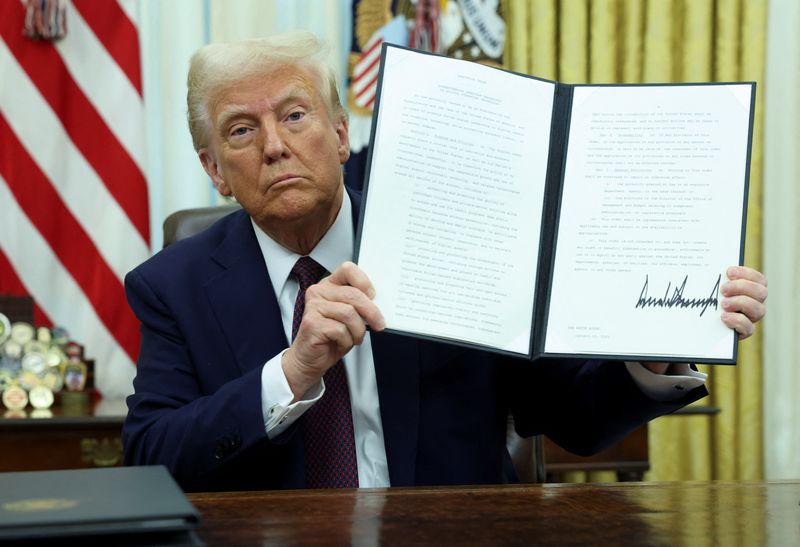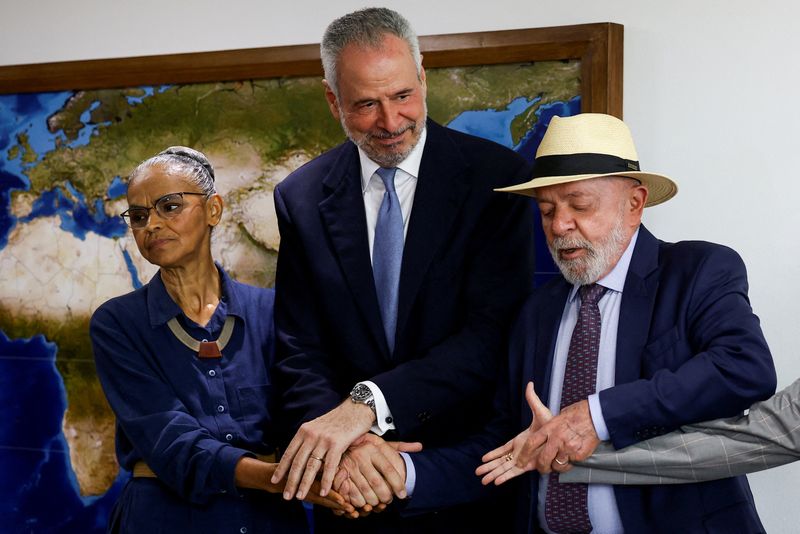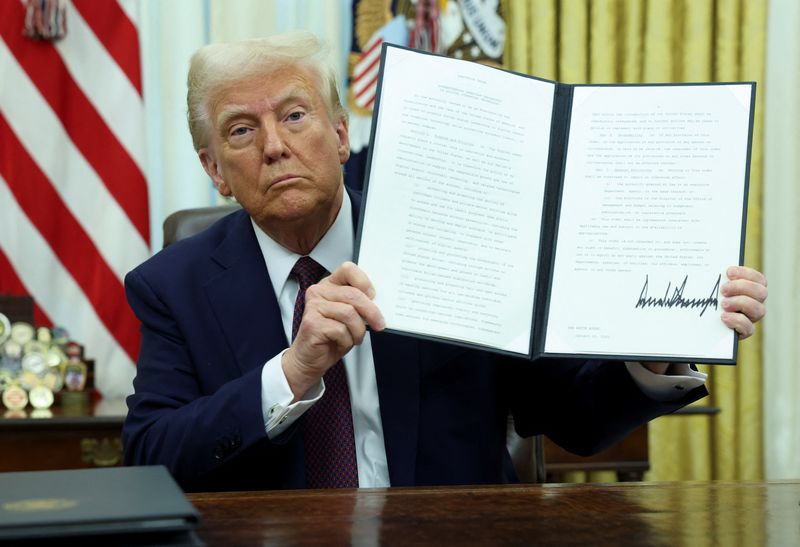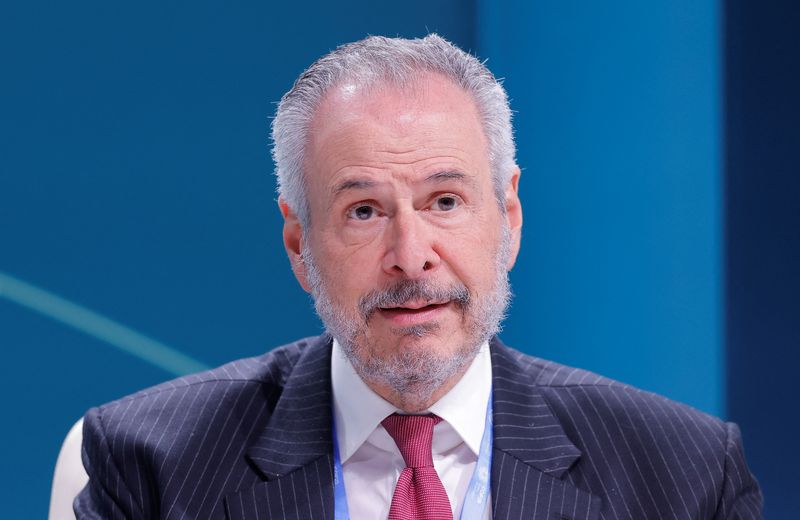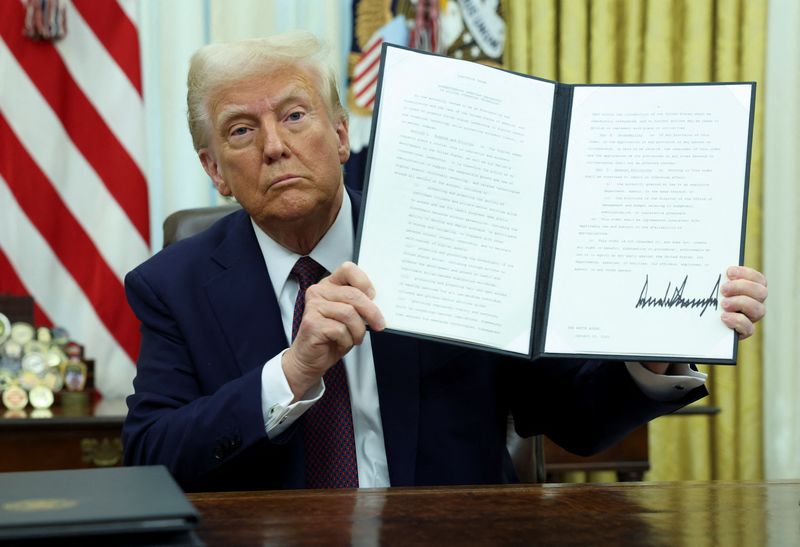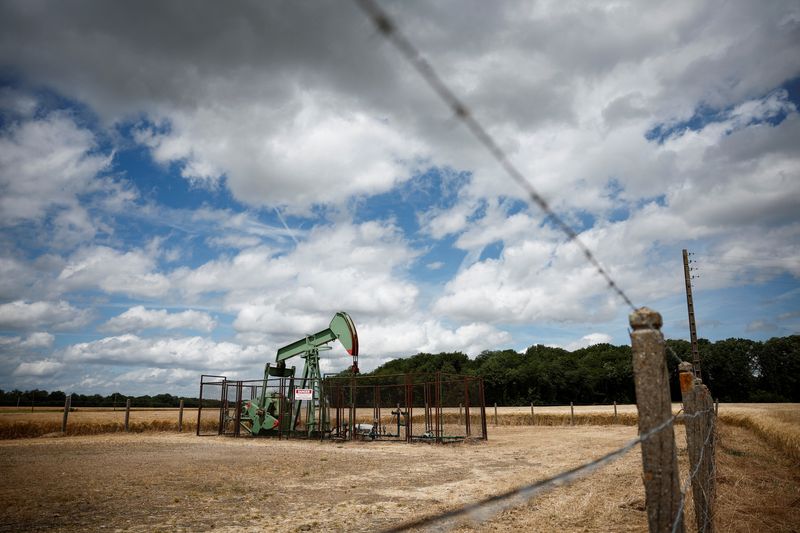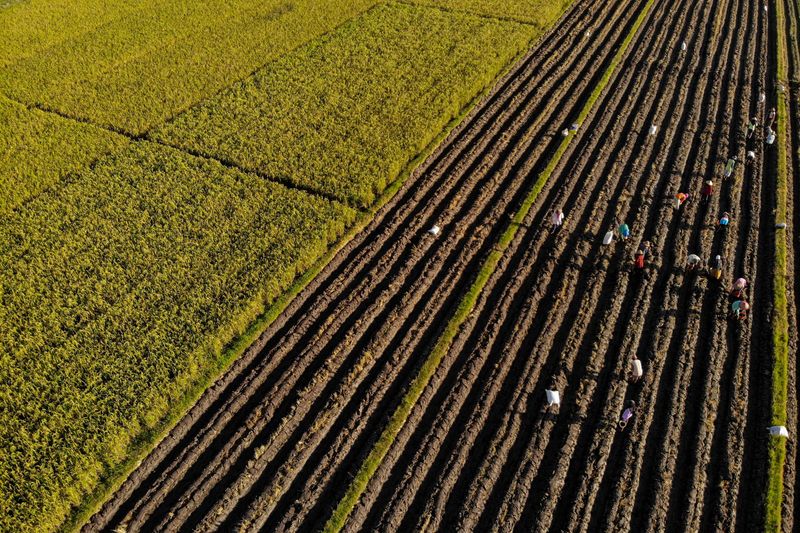
JAKARTA (Reuters) – Indonesia’s incoming president Prabowo Subianto plans to expand food crops’ planting areas by three million hectares (7.4 million acres) in the next five years to cultivate staples in a food self-sufficiency drive, an official said.
Prabowo, who won the February presidential election by a convincing margin, has pledged to achieve food self-sufficiency in the next four years after he takes office on Oct. 20.
Indonesia currently has 7.4 million hectares of farming area, a 8.5% decline compared to 8.08 million hectares in 2015, government data showed, due to land conversion for housing and industrial areas.
Prabowo wants to expand this by 3 million hectares – roughly the size of Belgium – to plant rice, corn and soybeans, said Sudaryono, a politician from Prabowo’s Gerindra party, who was appointed as deputy agriculture minister under the outgoing government in August to help prepare for the president-elect’s flagship programmes ahead of his inauguration.
“To secure future (supply) for the next decades, it is deemed necessary to create new rice fields. Currently we are planning a total 3 million hectares of new planting areas,” Sudaryono said in a forum with oil palm farmers this week.
The ministry is currently looking for ways to utilise swamps for rice cultivation in South Sumatra and Central Kalimantan provinces, as well as the easternmost region of Papua.
Environmentalists have expressed worries the expansion of agriculture farming in places like Papua could drive deforestation in some of Indonesia’s last pristine rainforests, but Sudaryono said this would not be the case.
“Do not assume that we will clear three million hectares of pristine forests to be converted as rice fields,” he said.
“There are swamp lands that we can manage the drainage … so that we can plant paddy,” he added.
Indonesia turned about 100,000 hectares of swamps in South Sumatra province into rice fields earlier this year to boost its rice production.

Indonesia’s rice output is predicted at 30.86 million metric tons this year, not enough to meet its estimated total demand of 31.21 million tons. Jakarta has approved 3.6 million tons of rice import quota for 2024.
($1 = 15,660.0000 rupiah)
This post is originally published on INVESTING.

